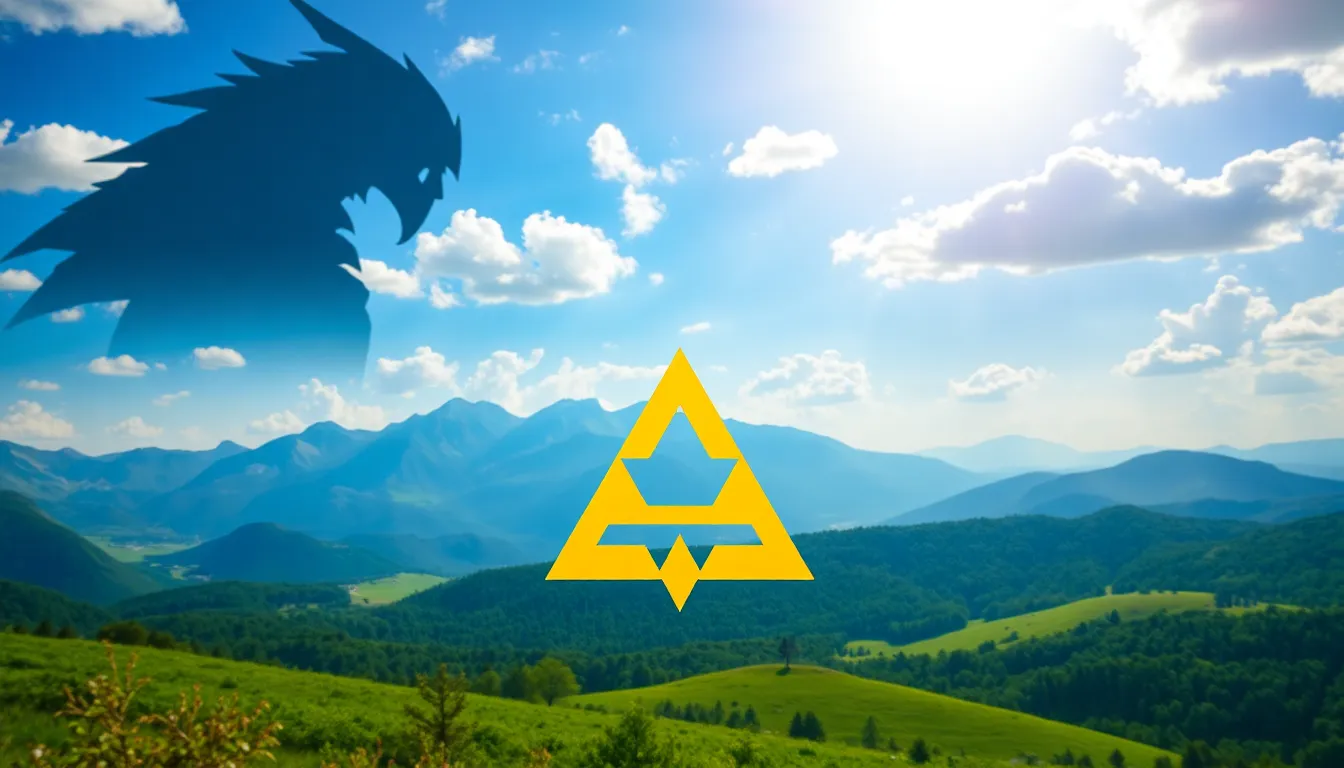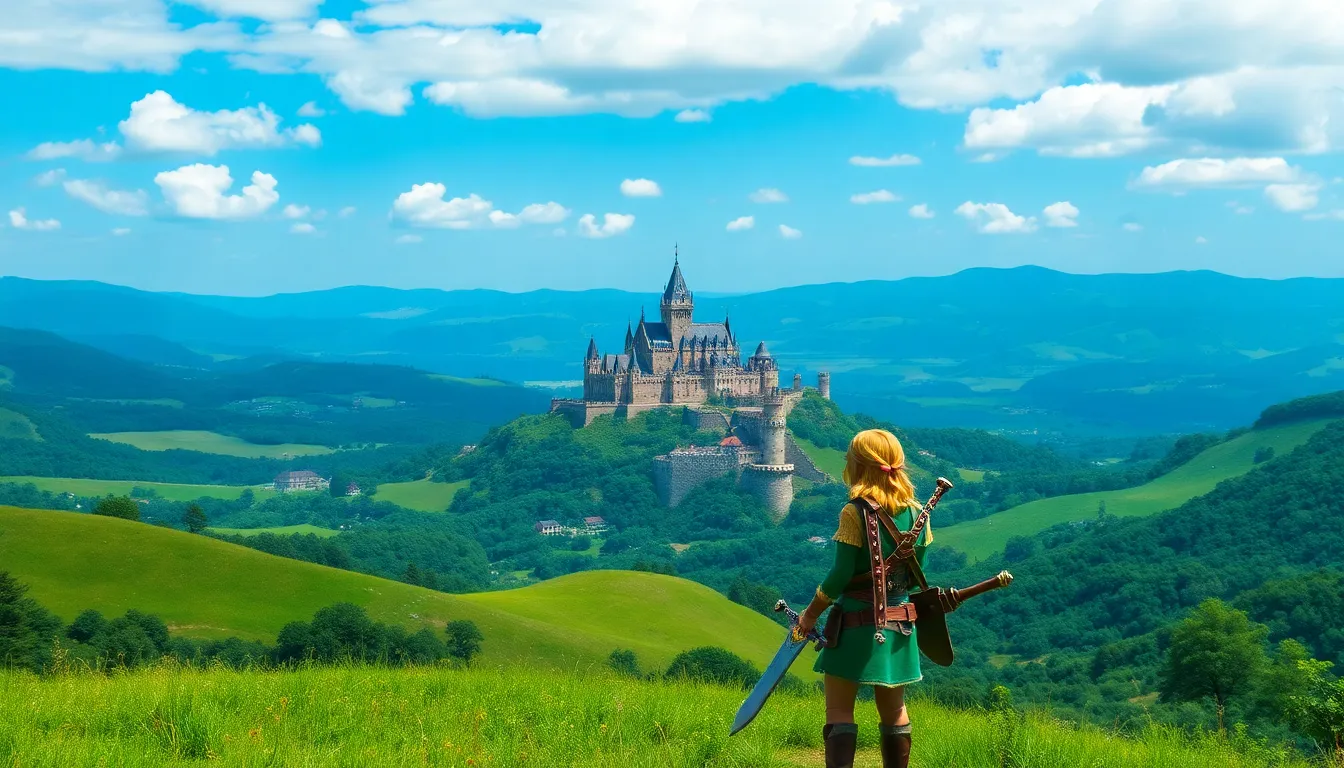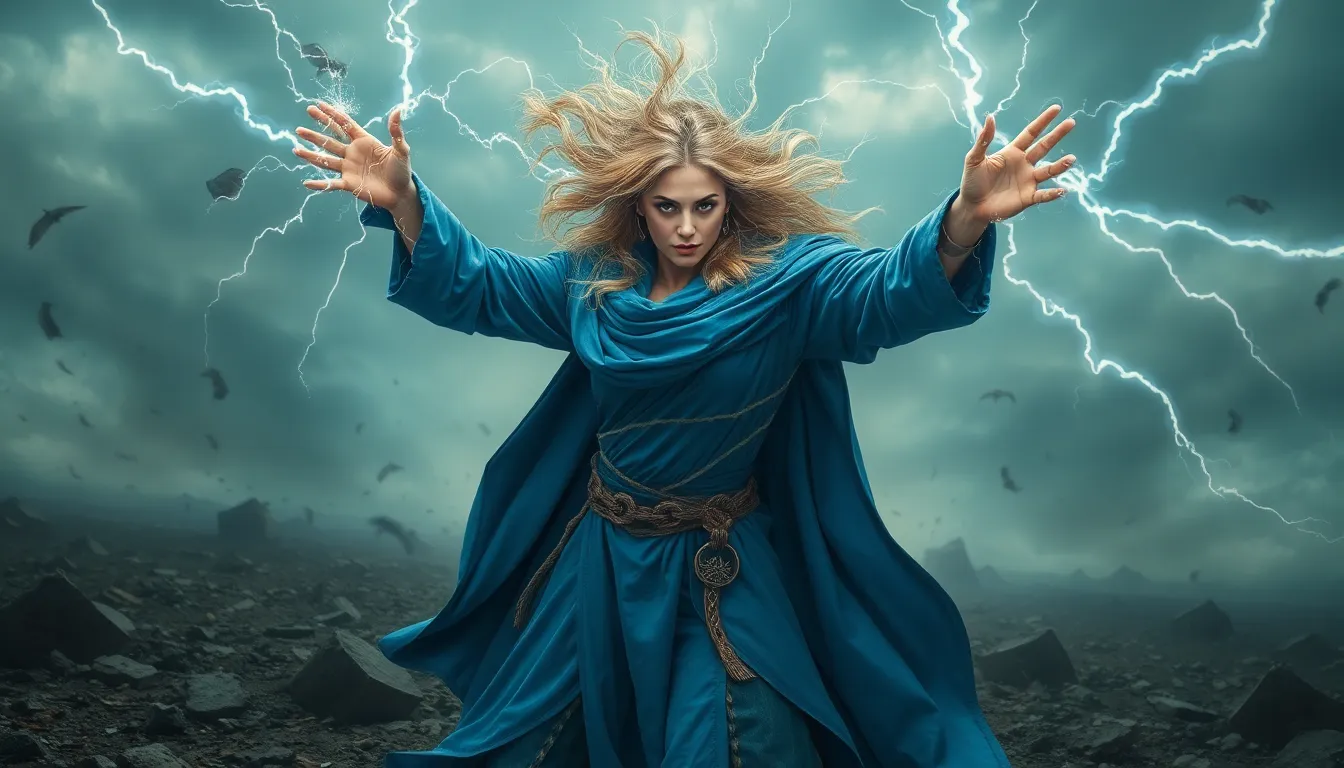In the vast kingdom of Hyrule, where princesses get kidnapped more often than they change their outfits, fans have long debated the intricacies of the Zelda timeline. It’s a puzzle wrapped in a riddle, sprinkled with a dash of chaos and a whole lot of Triforce magic. Whether you’re a seasoned hero or a curious newcomer, understanding this timeline is like trying to explain why Link never talks—it’s a wild ride full of twists and turns.
Overview Of Zelda Timeline Theory
The Zelda timeline theory presents a complex narrative structure that intertwines the fate of heroes, villains, and the land of Hyrule. Multiple games create a branching chronology, making every entry feel significant in relation to others. Events unfold across three main branches following the pivotal game “The Legend of Zelda: Ocarina of Time.”
Each timeline segment is characterized by distinct stories and characters. The timeline splits into the “Decline Timeline,” “Child Timeline,” and “Adult Timeline,” leading to varying interpretations of events. The “Decline Timeline” features games such as “The Legend of Zelda: A Link to the Past” and “The Legend of Zelda: A Link Between Worlds,” where the hero’s absence often leads to catastrophe.
In contrast, the “Child Timeline” follows Link’s return to his childhood after defeating Ganon, leading to games like “The Legend of Zelda: Majora’s Mask” and “The Legend of Zelda: Twilight Princess.” Players encounter familiar themes of sacrifice and heroism while exploring alternate realities.
Meanwhile, the “Adult Timeline” features events in which Link is absent, resulting in different outcomes. Titles like “The Legend of Zelda: The Wind Waker” emerge from this timeline, showcasing a flooded Hyrule and new heroics. Each timeline emphasizes the idea that choices lead to diverging paths.
These timelines create opportunities for analysis and discussion among fans, fostering an ongoing debate about the series’ overarching narrative. Enthusiasts speculate on connections between games, characters, and lore, contributing to a rich tapestry of Hyrule’s history.
Major Zelda Eras

The Zelda series unfolds across distinct eras, each contributing to the lore and complexity of the timeline. Understanding these eras enhances the appreciation of the overarching narrative.
The Era Of The Goddesses
The Era of the Goddesses marks the creation of Hyrule, setting a foundation for the series. Three goddesses—Din, Nayru, and Farore—shaped the land, giving rise to the Triforce, a powerful relic. This period establishes the eternal struggle between good and evil, laying groundwork for future conflicts. Powerful beings like the Golden Goddesses and the evil Demise emerged during this time. Their actions influence the destinies of characters such as Link and Zelda throughout the timeline.
The Era Of Chaos
The Era of Chaos follows the formation of Hyrule, characterized by wars and disorder. Without a unified hero, evil forces like Ganon exploit the fragmentation. This chaotic period showcases events from early games, depicting Hyrule’s struggle against powerful malevolent entities. Such turmoil tests heroes’ resolve, with chaos leading to the creation of legendary items and quests. Fans gain insights into character origins and motivations, as both light and dark forces vie for control of Hyrule.
The Era Of Hyrule
The Era of Hyrule centers on the establishment of a structured kingdom, steeped in tradition and heroism. This era sees the rise of significant characters, including various incarnations of Link and Zelda. Major conflicts arise, including the fight against Ganon and his minions. The balance between light and dark undergoes critical tests, with each game introducing new adventures and challenges. Events during this era further develop the lore, connecting past struggles to present challenges faced in Hyrule.
Key Games In The Timeline
The Legend of Zelda series features pivotal games that shape its intricate timeline, each playing an essential role in the narrative.
The Legend Of Zelda: Ocarina Of Time
Ocarina of Time serves as a cornerstone in the Zelda timeline, introducing the concept of time travel through Link’s journey. Players first meet Link as a child, tasked with stopping the evil king Ganondorf. Discovering the Ocarina grants Link the ability to navigate between childhood and adulthood, each phase unveiling crucial elements of the story. Consequences arise from Link’s absence during his slumber, leading to a split in the timeline. This division creates the foundation for the subsequent timelines, significantly impacting character arcs and world-building.
The Legend Of Zelda: Breath Of The Wild
Breath of the Wild occurs at the end of the Zelda timeline, showcasing a Hyrule in ruins and redefining gameplay mechanics. Set after the timeline’s major events, players find Link awakening from a century-long slumber to face Calamity Ganon. Exploration of an open-world environment highlights the remnants of past conflicts and characters. Significant lore elements emerge through quests and encounters, enriching the overall narrative. This game encapsulates themes of redemption and resilience, reinforcing the legacy of Link and Zelda in Hyrule’s ongoing saga.
Fan Interpretations And Theories
Fans of the Zelda series passionately explore its intricate timeline. Numerous interpretations and theories circulate within the community, each attempting to clarify the narrative’s complexity.
Popular Theories Among Fans
Many fans believe Link’s silence embodies a deeper narrative element, representing the struggles of every player. Connections between games often suggest reincarnation themes, particularly with Link and Zelda embodying the spirit of their predecessors. Some speculate Link’s journey through time alters the fate of Hyrule, introducing the notion that choices impact future timelines. The idea that the timeline contains parallel universes intrigues many, supporting various interpretations of character arcs. Players find charm in theorizing about hidden lore and references, enhancing their engagement with the franchise.
Contradictions And Debates
Contradictions arise from the timeline due to differing interpretations of game events. Disagreements account for the ambiguous nature of “The Legend of Zelda: The Wind Waker” existing after the Adult Timeline, raising questions about the sequence of events. Fans frequently debate the implications of the “Decline Timeline” and its outcomes, particularly concerning the absence of Link. Differences in opinion regarding character fates foster lengthy discussions in fan circles, creating a lively atmosphere for exchanging ideas. Additionally, the release of new games further complicates established theories, prompting re-evaluations of connections within Hyrule.
Implications Of The Timeline On Future Games
Future games in the Zelda series are likely to draw from the established timeline in significant ways. Each timeline segment—the Decline Timeline, Child Timeline, and Adult Timeline—offers distinct settings that developers can explore. Various characters and events within these segments can influence new narratives and gameplay mechanics.
Developers face the challenge of maintaining continuity while introducing fresh elements. New games might intertwine characters from different timelines, creating unique interactions and conflicts. They could also revisit themes from previous eras to resonate with long-time fans while still appealing to newcomers.
Exploration of Hyrule’s history can enhance immersive storytelling. Players could experience firsthand the consequences of actions taken in earlier games, enriching their connection to the lore. Additionally, previously established conflicts, like those stemming from the Era of Chaos, present opportunities for engaging new storylines.
Developers can incorporate player choices to affect timeline outcomes. The idea of branching narratives allows for varied gameplay experiences. This element of choice could lead to multiple endings, encouraging players to replay games to explore different scenarios.
Anticipation surrounds the possibility of new challenges based on existing events. Previous games’ history, such as Link’s long slumber in “Ocarina of Time,” can set the stage for exploring the effects of absence on Hyrule. Consequently, developers might draw on this narrative thread to innovate gameplay while preserving the franchise’s core essence.
The ongoing dialogue among fans regarding timeline interpretations fosters excitement. New games that validate or challenge existing theories will stimulate discussion and speculation. Ultimately, relating past events to new adventures ensures that the Zelda series remains relevant and engaging for its audience.
The Zelda timeline theory captivates fans with its intricate narrative and rich lore. Each timeline segment presents unique challenges and adventures that deepen the connection between characters and their world. As new games emerge, they’re likely to expand upon existing theories and introduce fresh elements that keep the franchise vibrant.
The ongoing discussions among the fan community highlight the passion surrounding this beloved series. With every new release, players will continue to explore the implications of choices and the impact on Hyrule’s fate. This enduring fascination ensures that the Zelda saga remains a topic of lively debate and speculation for years to come.



